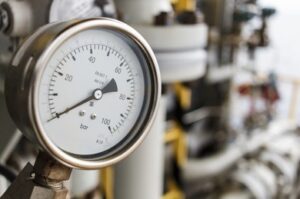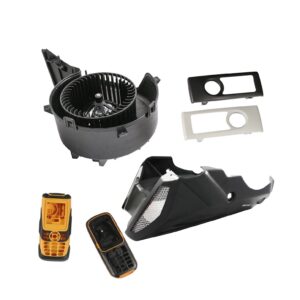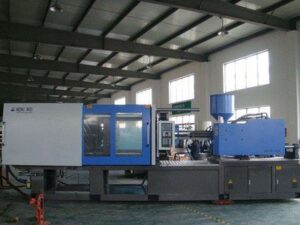Injection molding is a process that is performed in a mold to produce a product. The process is versatile and can be used for a variety of different materials. These materials include metals, glass, elastomers, confections, and thermoplastic polymers. There are many advantages to this process, including its ability to produce small parts that would otherwise be impossible.
Materials used in injection molding
Injection molding is a great way to create complex parts at a low cost. The key to success is proper design. A proper mold design will allow you to produce multiple batches of the same part at a low cost. When designing a mold, keep in mind the desired production volume. It is also important to follow certain guidelines to avoid common defects. For example, ensure that the wall thickness of the part is uniform. Parts with inconsistent wall thickness can warp when they cool.
Another important factor is mold materials. Steel molds are more expensive than aluminum molds, but aluminum molds will last much longer. If your production volume is low, aluminum molds may be a good choice. In addition, they are easier to machine.
Process
Injection molding is a manufacturing process in which molten plastic is placed into a metal mold tool. The tool consists of two parts, the core and the cavity. The plastic is injected into the mold to create a part with the desired form. The finished product is typically made of a thermoplastic resin.
The process is a very simple one. The material is melted in a hopper and then injected into a mold cavity. Generally, the injection time is less than one second, but larger or more complex components may require up to two minutes. There are four basic stages in the process. The first is clamping, which is the process of closing the mold’s halves before the injection process begins.
Cost
To determine the cost of injection molding, a company should look at the input and output data for the project. Tolerances in the injection molding process are the measurements used to ensure the parts fit together properly during assembly. Tighter tolerances are more expensive than parts with normal tolerances. Usually, the molder will provide the customer with the initial input data for the cost of the project.
Mold costs vary depending on the materials used, the number of parts, and the complexity of the design. The cost of materials can range anywhere from a few cents to a few hundred dollars. The process of creating the mold itself can also be expensive. For example, a small mold for a single product can cost less than $50, while a mold intended for mass production may cost as much as $100,000.
Common defects in injection molded parts
Several defects can occur in injection molded parts. The most common of these is warping, which occurs when the plastic material does not cool uniformly. This can result in internal stresses, such as degrading or even destroying the part. To minimize the risk of warping, it is important that the mold be run at a slow, even temperature. In addition, the wall thickness should be uniform. Parts containing semi-crystalline materials are especially vulnerable to warping.
Other defects can include discoloration. This problem results in a different color than the part’s intended color. The most common causes for this problem are leftover pellets in the hopper, a high barrel temperature, or resin in the feed zone. To minimize discoloration, try to thoroughly flush the machine between processes, or use a purging compound to remove the unwanted color and resin.
Tooling costs
One of the biggest upfront costs for injection molding is tooling. This is a costly process due to the design, testing, and manufacturing process needed to create a mold. But if your project is simple enough, injection molding can help you cut costs. Tooling costs include the costs of aluminum and steel tools, which require extensive testing.
If you’re looking to cut costs in injection molding, 3D printed molds may be the solution. A 3D printed mold can produce 100 parts or more within a few days. However, if you need a more complex mold, a skilled operator will be needed to perform the process. Because injection molding requires skilled workers, most enterprises choose to outsource certain aspects of the process.






